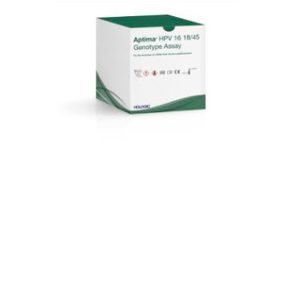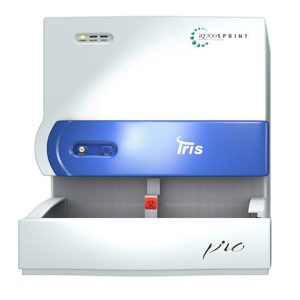Description
Next generation staining technology
VitroStainer delivers capacity, versatility and flexibility to the end user, with the highest market standards of security, speed and quality staining; leading to increased lab productivity, reducing errors and enabling pathologists to deliver high quality efficient diagnosis
Includes high-quality reagents calibrated and validated to provide high analytical sensitivity and specificity
Features:
- Independent slide loading to increase productivity.
- Multiprotocol combination in the same run enables combining IHC and ISH delivering faster improved workflow.
- Continuous loading and unloading of slides.
- Prioritization of urgent slides enabling faster diagnosis when needed.
- Customized protocols and reagents enable a perfect combination of protocol phases for each marker or probe.
- Integrate laptop (with touchscreen or regular).
- Automatic cleaning saving technician time.
- Built-in air filter that prevents users from being exposed to potentially dangerous vapours.
- Waste Separation.
- Own waste containers or the hospital’s itself.
- Automatic transfer of waste-to-waste management containers.
- Automatic system cleaning.
- Automatic verification of vials, caps, slides to eliminate human errors.
- Automatic reading of slides and reagent vials with minimal user intervention.
- Bulk volume control by level and weight sensors.
- Double check of reagent by sensor and internal accounting helps avoid dispensing problems.
- Continuous control of the working temperature to avoid variation in the quality of the staining cycle by cycle.
- Full traceability of all slides and reagents enabling extensive data analysis.
- 42 individual slide positions.
- 56 temperature-controlled reagent positions.
- Common bulk solutions that enable access and filling during the cycle.





